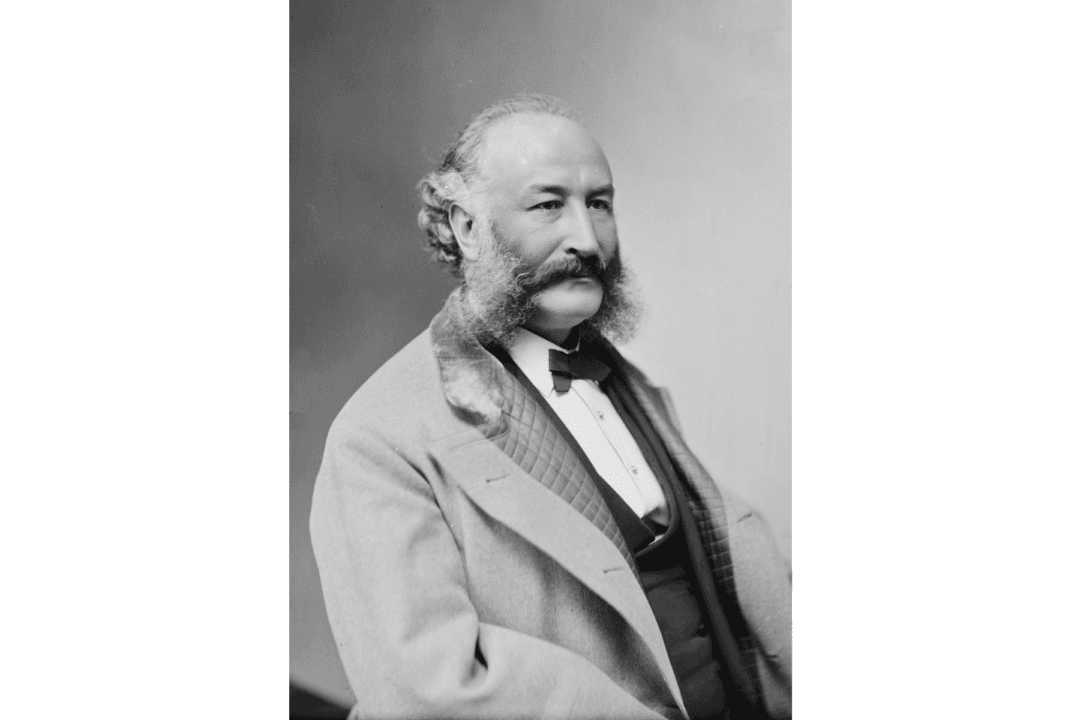It was supposed to be a “police action” as President Harry Truman ignominiously called the Korean War. Destined to end quickly once the Americans became fully involved. The Americans arrived in smatterings those first weeks of June and July 1950, unprepared and outnumbered, but by September and into October, the tide had fully turned in their favor. After a few months, Gen. Douglas MacArthur predicted troops would be “home for Christmas.” The war would not end for three years, and it would witness some of the most vicious fighting, the most powerful displays of military might, and some of the worst atmospheric conditions to fight in.
The worst battle in military history is no doubt debatable. From ancient times to the medieval period to the world wars, there are innumerable battles from which to choose. But for my money, I can think of no battle more horrific than those conducted during the withdrawal from the Chosin Reservoir during November and December 1950.
The Start of War
Wheelan leads with the unexpected North Korean invasion, the haphazard response of the Americans, the Inchon Landing, the Battle of Seoul, and the eventual retreat of the North Koreans back past the 38th Parallel. Then, there is the continuation of the war into North Korea; the hints that the Chinese will invade if the Americans and, by this time, the United Nations troops, push too far; ignoring such hints by the U.S. military brass stationed in Tokyo; and, as the war progressed from October into November, the coming of winter.As the story moves to the northeast coast of the Korean peninsula, we are embedded with X Corps, a combined force of the Army’s 3rd and 7th Infantry Divisions, the 1st Marine Division, South Koreans (ROKs), and a rather small, but brave group of British Royal Marine Commandos. For the vast majority of Wheelan’s work, the book follows the Americans, especially those within the 1st Marine Division.
The commander of X Corps was Gen. Ned Almond, and Wheelan’s work only reiterates what so many Korean War historians have written about him. Almond proved to be a commander disconnected from the realities on the ground, and not because he was not kept abreast of the unfolding situation. Almond displayed immense hubris, a flaw most fatal among military leaders. He believed, as did his boss, MacArthur, that the Chinese wouldn’t dare become involved, or, if they did, they wouldn’t dare to become involved en masse. If they did become involved en masse, they would be no match for the Americans.
Two Sides of a Tragic Story
The battles and ultimate withdrawal from what the author describes as “the most remote, isolated, and coldest part of Korea” are lessons in leadership. The stories of these officers, soldiers, Marines, and medics are lessons in courage and trust. The result of “The Farthest Valley” as a whole is a demonstration of what the human body and mind can and cannot sustain. It’s a testament to the power of the human spirit. It’s a testament to the devastation that disconnected leadership and arrogance can lead to. It’s also a testament to the fact that in war, it’s sometimes easier to survive bullets and explosions than to survive the harsh elements of nature.
The Differences
Certainly mistakes were made by the upper echelons of U.S. leadership, but the author makes clear the colossal differences between the U.S. mistakes and those of the Chinese. For example, logistically, the Americans were able to ship the proper, necessary gear quickly. The Chinese were stuck with what they had. As Wheelan notes, the Chinese “were freezing to death; they had to either move or die.” Furthermore, Wheelan notes how Chinese troops, in the midst of battle, would stop fighting once crossing into the American perimeter in order to find food and warmer clothes. This often resulted in being shot.Additionally, the tactics between the Americans and the Chinese demonstrated how the latter were unprepared for American firepower, and also how indiscriminately they pushed their men to charge in ways that proved hardly less than suicidal. Concerning the night of Nov. 27 to Nov. 28, the author describes how the Chinese “remained wedded to their frontal attacks, believing that numbers and ‘fighting spirit’ would overwhelm superior firepower.” The result was an unconscionable 10,000 dead Chinese. Wheelan quotes one soldier who recalled, “A hell of a lot of Chinese went down, but a hell of a lot more kept coming. You got the impression the waves were endless, like surf lapping on a beach.”
A Story for the American Consciousness
The Chosin Reservoir is the setting for enduring the unendurable and accomplishing the impossible. Amid all of these horrendous and tragic stories that rapidly move the narrative along in what almost feels like a minute-by-minute retelling, there are also the inspiring stories of these brave soldiers and Marines.Few stories more inspiring than when, after days of constant battles, temperatures as low as 40 below zero, wounds, uncertainty about survival, and the threat of an additional 50,000 Chinese troops, the Marines suddenly broke out into the “Marine Hymn.” It is one of those historical moments that should be heralded in the collective American memory. Capturing the emotion of the moment, Wheelan quotes one Marine, “It sounds corny as hell, but I cried. I was never so proud to be a Marine in my life as I was right then, to be there with those men.”
Wheelan has compiled a work that will most likely leave you in tears as well, as it did me. It is a story that will leave you breathless by its sheer brutality. It will cause you to consider what soldiers endure on a scale rarely, if ever, considered. “The Farthest Valley” is a necessary work that captures the hell of a war in a way that few books can.
For a conflict known as “The Forgotten War,” the heroism and sacrifices made in those cold final days of 1950 along the coldest portion of Korea should stick in the American consciousness. It is a moment of unmatched courage in the face of horrendous slaughter. As Wheelan noted in the final words of his book, “Although it was a retreat, the Chosin Reservoir campaign will be remembered as a triumph of stubborn courage, determination, and combat efficiency in the worst conditions imaginable.”









